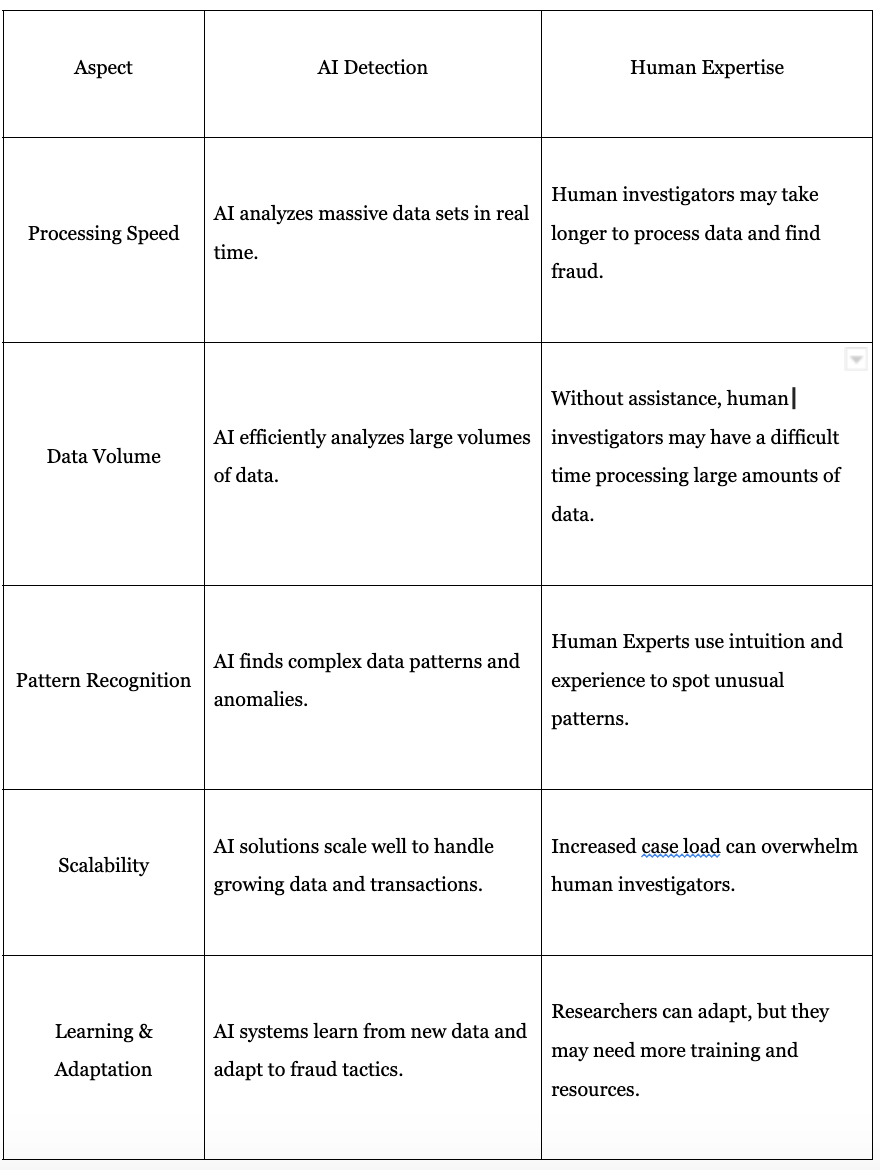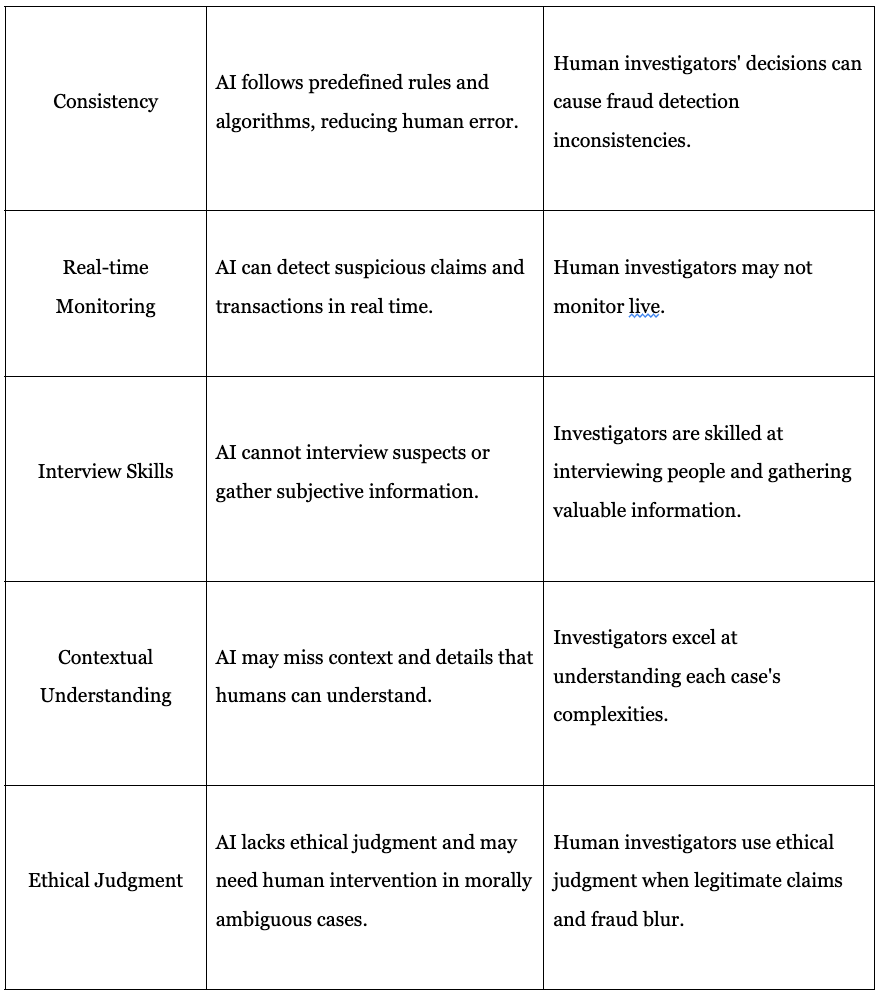KEY TAKEAWAYS:
--The climate around health insurance in the U.S. is continuing to change thanks to rising costs throughout the industry.
--There are ways to make insurance more affordable for employers and workers to find coverage that accommodates modern needs.
----------
Employer-based insurance has long been a cornerstone of the American healthcare system, providing millions of workers access to adequate coverage. However, the insurance landscape is undergoing a profound transformation, leading to the erosion of employer-sponsored plans. This blog post delves into the complexities surrounding the erosion of employer-based insurance and its implications for American workers.
We explore the impact on workers, the evolving role of insurance brokers and agents and alternative coverage options available to individuals.
The Erosion of Employer-Based Insurance
Rising healthcare costs are a problem across the globe. Medical spending growth includes a higher demand for care, technological advancements and the urgent need to develop more vaccines and treatment options. The U.S. government alone invested nearly $32 billion toward creating a COVID-19 vaccine. While other advancements may not seem as urgent to the public, the continual need and economic inflation affect how much insurance can cover and what employers can afford to meet that coverage.
Insurance premiums increase because there is a higher price to cover healthcare costs. Employers spent an average of $15,159 in premiums for a family of four before the pandemic.
A change since the pandemic is the number of workers taking unconventional positions that allow for more flexibility or the ability to work from home. Gig economy or multiple part-time jobs can provide an income for an individual, but those positions rarely offer an insurance plan, causing workers to seek independent healthcare coverage.
When more employees seek different career paths and have high insurance costs, employers are put in a position where it is either not worth offering insurance or they want to provide more-attractive plans to encourage workers to apply for full-time jobs.
The last time there was a significant policy change was the 2010 passing of the Affordable Healthcare Act (ACA). The act mandated that employers provide insurance to 95% of full-time employees 26 or older. Public insurance programs like Medicare and Medicaid see more regulation than private options, which leads to significant disparities in price and coverage options among companies.
See also: Employer Trends Shaping Workplace
The Impact on American Workers
While some Americans prefer a new, flexible work environment, many cannot stray from a nine-to-five job, especially when responsible for their children or older parents.
Due to the rise in nearly all costs, more older adults remain in the workforce or are re-entering it. Without attainable insurance plans, they may have to opt out of the employer plan or be unable to afford other needed items.
Another struggle is the ability to afford subpar plans that don't cover complex needs. When coverage is costly or absent, it discourages people from seeking preventative care or treating symptoms until they become dire. According to the Kaiser Family Foundation, one in five adults don't seek needed medical care because they fear they can't afford it.
Though many hospitals will offer plans for patients who need emergent care, seeking preventative care can help individuals avoid those life-threatening scenarios. Such care also leads to better health outcomes. People with little or no coverage are unlikely to get routine screenings or go to the doctor when symptoms arise. The American Cancer Society reports that an insured person with stage II cancer is more likely to live than someone with stage I cancer who doesn't have insurance.
When affordable or comprehensive care is inaccessible, employees must rethink their options. Depending on their yearly income, they may not fall into the right tax bracket for a low-cost ACA plan.
Employers often reduce pay to afford healthcare costs, which strains employee relationships and could increase turnover. While surveyed employees say they'd rather have better healthcare than a higher salary, a pay cut at contract renewal often has workers evaluating options that can afford the same or greater salary with the same benefits.
Seeking Alternative Healthcare Coverage
When an employee can’t access employer health benefits or waives out of group coverage, there are other options that could benefit them and their families.
Medicaid
There are several benefits to Medicaid. It offers coverage for people who otherwise couldn't afford care. People with these benefits are more likely to seek care early and have better health outcomes. Kids who grow up with Medicaid are likelier to become healthy adults than those without insurance. Satisfaction ratings from people with Medicaid are comparable to those with private insurance. Because Medicaid is for low-income individuals, there are often lower out-of-pocket costs than with other providers. The program also helps low-income households find financial security.
Gaps in coverage exist, with dental and mental healthcare hard to access for many on the plan. Physicians are less likely to accept Medicaid patients than Medicare patients or private insurance plans. Most doctors who accept Medicaid are based in community health centers, limiting the ability to choose among providers. The program's coverage can also be inconsistent, with states influencing how well people do on the plan.
Affordable Care Act
Subsidies can make health insurance less expensive, and administrative costs must be 20% or less of your premium.
The ACA requires that qualifying plans offer at least 10 essential health services, including wellness visits without a copay or deductive. Plans also cannot deny coverage to someone with a preexisting condition. For many low-income individuals, the marketplace offers various options without needing Medicaid. Many are from companies employers offer plans from but at a more affordable price. Some companies will provide stipends to cover an ACA plan.
If someone doesn’t qualify for a subsidy, they might find it difficult to find an affordable ACA plan. You can’t always pick and choose coverage options. For example, a single man might end up paying for maternity care coverage.
Though the tax penalty for uninsured people no longer exists on a federal level, some states enacted mandates that could force someone to get an ACA plan they don’t want. The website can also be hard to navigate for non-tech-savvy customers.
Health Sharing Plans
A health-sharing plan allows participants to pay into an account that provides coverage for health care events.
Anyone can pay into one of these plans at any time, and they are often more affordable than other options. There are also no restrictions based on preexisting conditions. Most of these plans in the U.S. are from Christian nonprofits, though you don’t have to be part of the religion to participate in most. Some prefer enrolling with these Christian organizations so they don’t have to support healthcare that doesn’t align with their beliefs.
People often find a sense of community in these programs, with members sharing messages of encouragement and prayer. Some even offer coverage for adoptions or funerals.
Most of these plans don’t offer full coverage for dental or vision services, and only some offer discounts. The service controls what expenses get covered and what isn’t, and members don’t always know if their care will receive payment from them.
There are no health-sharing plan regulations, meaning members could receive no compensation if the organization behind one goes bankrupt. It is also hard to seek legal action against them. Health-share plans don’t qualify as minimum coverage, so employers cannot offer it as an alternative to another plan. While there are no specific restrictions for preexisting conditions, you may have to pay an extra fee.
Whatever coverage you choose, it is important to research and ask questions before committing to the coverage.
How Brokers and Agents Are Handling the Changes
If a company has remote workers, a broker can help a company or the individual employer navigate which provider is best in which state and if a stipend is a better coverage option. Employers or employees need to work with a credible broker or agent who can guide the increasingly complex insurance industry.
A certified professional should openly provide their credentials, including their license number, when asked. When not meeting at the company location, look at the company's website or call them to confirm that the person you're meeting works there as an agent or broker.
When someone is desperate to find coverage, they could fall for a ghost broker scam, where an unqualified "broker" sells them a phony policy that providers won't accept and offers zero coverage for anything. Unsuspecting customers could spend hundreds or even thousands of dollars before they try to use the coverage and realize they invested in a fake company.
As a reputable agent, you must not shame clients who had this experience. Some of these scams have phone numbers, websites and business cards that look very real. Phony agents can even forge credentials. Raising awareness about these scams can help others avoid them.
Someone with expertise can ensure everyone gets the right information and coverage options.
See also: How to Think About AI in P&C
The Future of Employer-Based Insurance
While there is no set policy, there are proposed solutions to preserve employer-based health insurance.
There is strength in numbers. For employees to pay less for quality insurance, the employer must negotiate with the insurer for better rates. Alone, it’s hard for a company to succeed, but banding together with other companies and firms could give them more power. Insurance companies need customers. If multiple employees threaten to back out, it could provide the needed push for change.
Of course, insurers aren’t solely to blame for high costs. Their response is partly due to rising health care costs. However, not all of those prices are necessary.
One of the most recent controversies involved the price of epinephrine auto-injectors. Mylan Pharmaceuticals made a significant profit by increasing the lifesaving medicine’s cost by 400%. The controversy eventually led to intervention and a multimillion-dollar settlement–but it shows the sort of cost increase insurers must cover. Stricter regulations on pharmaceutical companies and capping prices for vital medications could help.
There are other ways to provide sufficient coverage for employees. Companies can offer health savings accounts (HSAs) that the company and employee can use for free in any eligible scenario–such as dental and vision care or to help cover emergency expenses. These accounts are taxable when used, so it’s important to balance the amount available with the amount taxed.
Employers can also come together to offer an association health plan, which helps everyone afford accessible coverage. There are some challenges with these plans. Businesses must conduct a risk and benefit analysis on whether there could be lapses in coverage or higher premiums.
With these options, employers and workers have more opportunities to provide affordable coverage.
Learning From the Erosion of Employer-Based Insurance
As a broker or agent, you must know what others in and affected by the industry face. Finding the best solutions is challenging with the steady decline of employer-based options. However, there are ways to help both companies and their workers.
Between rising healthcare costs and the global pandemic, you must consider many industry changes. With high prices limiting an employer’s ability to provide quality plans, more employees choose remote and hybrid work that doesn’t always offer insurance. You will likely see more individuals seeking advice on choosing personal health insurance through the ACA or other solutions.
Other options like health-sharing and Medicaid offer different options for employees in need. However, there are challenges to these solutions, including lapses in coverage. Knowing the pros and cons of each available plan or alternative can help workers afford their care.
As changes continue, organizations and policymakers will push for more options. It is vital to stay informed and seek advice if a policy needs clarification. Everyone can benefit from exploring their coverage options to support their well-being now and in the future.
























